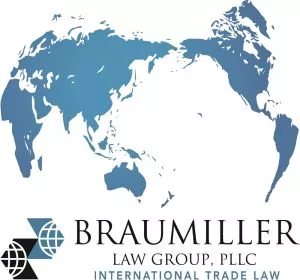Customs and Border Protection (CBP) remains the agency that collects a significant amount of revenue for the federal government while meeting its dual role of trade facilitation and revenue protection. Due to the fact that trade operations are focused on creating a level playing field for American businesses, protecting consumers, and reducing trading costs, CBP maintains this central focus while enforcing nearly 500 U.S. trade laws and regulations on behalf of 49 different partner government agencies.
The last few years have seen an increase in special safegaurd duties, such as 232 on steel and aluminum and Section 301 on Chinese goods. In addition, cases involving antidumping and counterveiling duties have also increased by over 7%.
When combatting AD/CVD evasion, CBP takes an agency-wide approach to enforcement, working in partnership with the trade community and other government agencies. CBP employs multiple methods of targeting AD/CVD evasion through internal mechanisms at the ports of entry, industry-specific Centers of Excellence and Expertise where post-release activities are processed, and on a national level at CBP's National Targeting Center.
In this webinar we will discuss the latest trade enforcement trends related to import activities and offer some tips for surviving the current enforcement environment.
The content of this article is intended to provide a general guide to the subject matter. Specialist advice should be sought about your specific circumstances.

